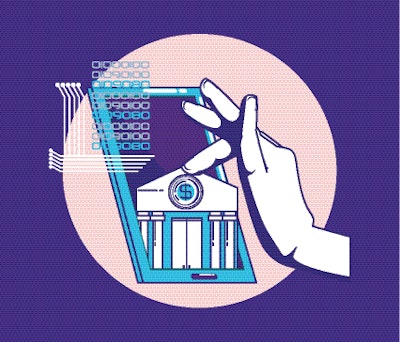
You have to spend money to make money. That’s an old adage, and it’s true. But actually making the payments takes up a lot of people’s time. It’s critical to business operations, but it’s not why you’re in business.
That means there are opportunity costs. You have to spend money on the spending of the money instead of on revenue-generating activities.
There are also mindshare costs. Making vendor payments is a brute force activity. Accounts payable (AP) teams are stuck on a hamster wheel, always having to scramble to get payments out the door and then reconciling them on the back end. They're dealing with a lot of manual work and multiple partially-automated, partially-integrated systems, and spend a lot of time correcting errors.
It’s all about execution and dealing with all kinds of administrative details along the way. They don't have the systems and the visibility they need to work more strategically.
But within the next 10 years, AP will go from brute force execution to strategic decision making, thanks to new FinTech offerings.
How to be a FinTech pro
To make business payments efficiently, you need money, infrastructure and process. A true FinTech brings all three.
Most companies today still make payments through their banks, and there's no question that they are at the heart and the soul of payments. But banks only help with about 1.5 of those three things. They have lending products that can help fund your spending, so they can help with liquidity.
They also have part of the infrastructure. They are chartered by governments to steward money and move money around. They invest significantly in licensing, regulatory compliance, networks to move money and data and fraud protection.
But there’s one big piece of B2B payment infrastructure that they don’t have and that's vendor networks. That means that it’s up to each individual company to conduct their own enablement campaigns to move vendors to electronic payments. That’s holding companies back.
FinTechs are now building B2B vendor networks at scale. Companies can plug right in and start paying about 80% of their vendors electronically right out of the gate.
Where banks really fall down is in the area of process. Process automation is where technology companies, on the other hand, excel. A lot of enterprise resource planning (ERP), procurement and invoice automation vendors start to offer payments as an add on. It makes sense because people are already using their software to automate the workflow that leads up to the point of payment. But the software providers do not have the vendor networks or the ability to offer liquidity.
This is why making vendor payments is such a disjointed process. Up until recently, no provider has offered the combination of the “fin” and the “tech” needed to address the process from end to end.
Today's FinTechs deliver technology and services that take costs and inefficiencies out of the process. They give AP teams visibility into the status of approvals and payments. But most importantly, they free up mindshare for them to be able to use payments as a strategic lever.
AP teams can get out of the payments processing game and still have all the visibility and control they need to run the business. They have the insight they need to become a management- and decision-making group and have time to think vs. just trying to keep things moving.
They can use their knowledge of the inner workings of the company to contribute in a number of areas such as cash management, job cost accounting, and cost and process optimization. The efficiency gains, combined with increased rebates from leveraging the B2B vendor network to pay more vendors by card, can turn the back office from a cost center into a revenue generator.
For far too long, companies have had to live with a set of back-office deficiencies. They recognize the challenges of working with disparate systems. They know there’s too much manual, non-value-added work, and that the time intensity on error remediation is significant. They’ve resigned themselves to these deficiencies because it’s been that way for decades, and there hasn’t been a better way.
To really solve the problem, you need to be a true FinTech with a complete set of assets – the relationships with the banks and the credit card companies, the network, and the technology. You need to have them at scale because the volume in B2B payments is massive. Vendor payments don’t have to be suboptimal anymore.



![Pros To Know 2026 [color]](https://img.sdcexec.com/mindful/acbm/workspaces/default/uploads/2025/08/prostoknow-2026-color.mduFvhpgMk.png?auto=format%2Ccompress&bg=fff&fill-color=fff&fit=fill&h=100&q=70&w=100)







![Pros To Know 2026 [color]](https://img.sdcexec.com/mindful/acbm/workspaces/default/uploads/2025/08/prostoknow-2026-color.mduFvhpgMk.png?ar=16%3A9&auto=format%2Ccompress&bg=fff&fill-color=fff&fit=fill&h=135&q=70&w=240)




